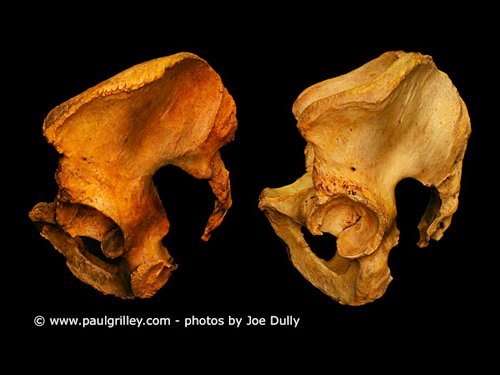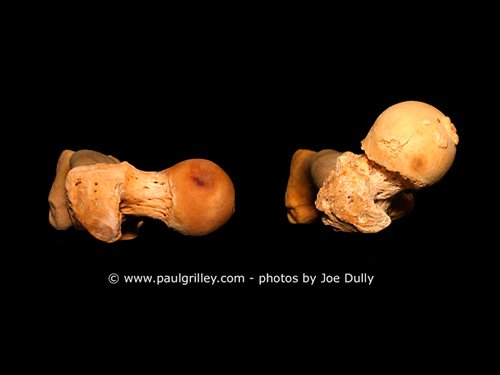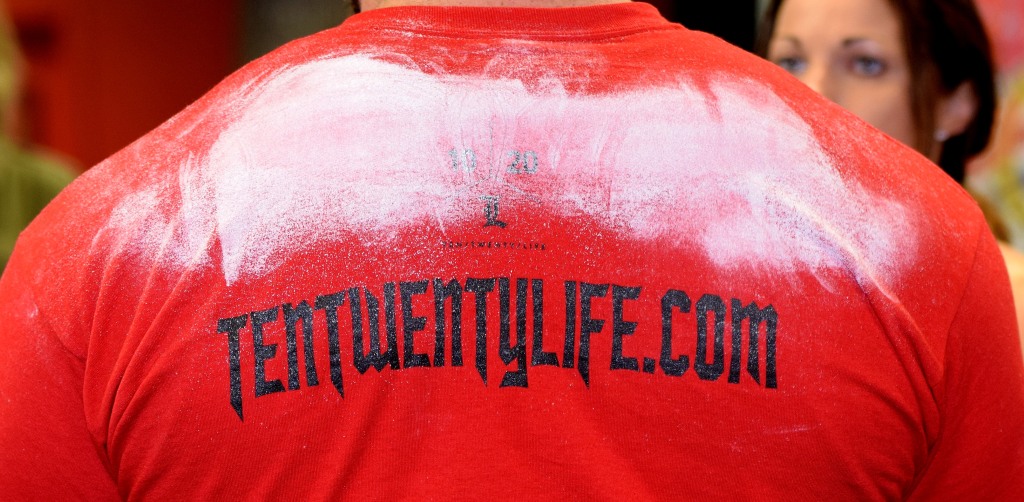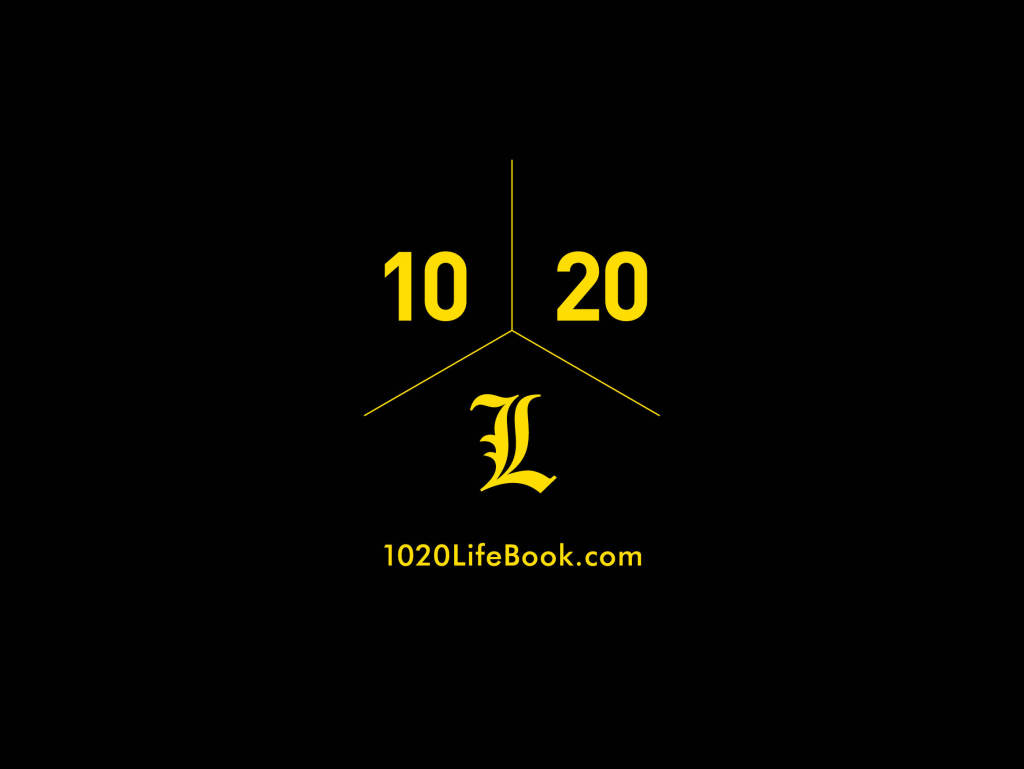03 Jan Bulletproof Your Back Part 2: 10/20/Life for Back Health
By: Eric Bowman, BSc Honours Kinesiology
Many powerlifters experience back pain at some point in their careers (1). It’s easy to see why. National and world class powerlifters move loads that push the body’s tissues to their physiological & biomechanical limits.
You can find information all over the internet describing pros and cons of certain exercises, or different theories of how to prevent or rehab an injured back. Brian Carroll wrote a great article Bulletproof Your Back Part 1 in 2014 on back health for lifters. This article adds in a few recommendations that may help to keep lifters healthy over the long term.
1) You need to squat and deadlift based on your own individual anatomy
Many trainers & strength coaches will tell you to squat and deadlift with your feet shoulder width apart or with a super wide stance. But, those techniques are only appropriate for some lifters, not all.
Cadaver studies have shown that there is a great deal of individual variability in the shape and orientation of both the femoral head and the acetabulum of the hip joint (2, 3). As a result each lifter will only be able to go so deep in a squat before the femur collides with the acetabulum and lumbar flexion (rounding the back) occurs to compensate for the lack of hip mobility. Each lifter will also need to squat with a slightly different stance to hit their maximum depth. The pictures below are great examples of the varying angles and shapes of the femoral head and the acetabulum.

Acetabular Hip Socket Orientation
Photos courtesy https://www.paulgrilley.com/bone-photo-gallery
The great Chuck Vogelpohl squatted world records with a freaky wide stance – but his hip anatomy enabled him to do it. By contrast some squatters can squat deep with a close stance because their hip anatomy allows them to.
A great way to determine your optimal squat stance is through the Pelvic Rock test that world renowned back researcher Dr. Stuart McGill uses.
Determining your optimal stance and bar position for the deadlift requires more trial & error and is dependent on your arm, torso, and femur length as well as your hip anatomy. The goal is to keep a neutral spine and to place the bar as close enough to your shins as possible while maintaining a completely vertical bar path during the lift. You don’t want to have the bar so close to you that you jam it into your shins or have to arc it around your knees during a lift. But you also don’t want the bar to be so far away from you that your deadlift is inefficient.
Side note: Some lifters (myself included) have issues doing sumo deadlifts all the time due to hip irritation.
When squatting & deadlifting it is best to maintain a neutral spine and avoid lumbar flexion to reduce injury risk. If you can’t hit depth without rounding your back in a squat only squat as deep as you can with good form. Deadlift from blocks if need be. In the meantime exercises such as the Goblet Squat may be useful to help improve your hip mobility.
Not everyone will be able to hit a legal depth squat or deadlift from the floor without lumbar flexion. You can’t stretch through bony anatomy. If you can’t achieve proper range of motion in the powerlifts without lumbar flexion, despite working on your mobility, you must determine if the risk of an injury is worth continuing to powerlift. Some can get away with it, some can’t.
2) Understand that low back pain (LBP) is a very heterogeneous symptom
One of the difficulties of both researching and treating LBP is its heterogeneity. LBP is a symptom that can be caused by a variety of factors and has many different presentations.
Some people with LBP have flexion intolerant backs. These backs have pain when bending forward and relief when lying prone or bending backwards. By contrast some people have extension intolerant backs which are made worse by bending backwards and experience relief with sitting. Some people have chronic non-specific LBP (pain greater than 6 months) which may be linked more to a combination of biomechanical and psychosocial factors (4,5). It is worth noting 85% of LBP patients don’t even get a specific diagnosis (6)!!
The takeaway from this is that it’s almost impossible to make one size fits all recommendations for LBP management. An exercise or treatment that’s appropriate for one lifter may not be appropriate for another.
3) Move well & teach others to do so … but not through fear
In the first part of this series Brian wrote on the importance of spine sparing movement during everyday tasks and in the gym. We can all agree that it’s not advisable to round your back or cave your knees in during a squat or a deadlift. We know from Dr. McGill’s research that repetitive spine flexion under load is the mechanism of injury for a disc herniation.
But, telling your client that a movement may lead to pain or injury can sometimes create a “nocebo effect.” A nocebo effect is where a client experiences pain due to a suggestion of pain even though no harm or damage has actually been done to the body (7). Saying that a movement will hurt your client should only be used as a last resort.
Use positive words to encourage athletic performance of the hips, legs, and shoulders instead of saying: “don’t do that you’ll hurt your back”. This will build your client’s confidence and get the good technique you want out of them while avoiding fear or nocebo.
4) If you have back pain get it checked out by someone qualified!
I see a lot of lifters asking their coach or their training buddy for injury advice. This has become even worse as of late with the amount of unqualified personal trainers who try to “diagnose” and “treat” pain.
Your strength coach, favourite lifter or gym buddy may be great at preparing you for the platform – but they likely aren’t qualified to diagnose & treat pain or injury.
As stated in 2) back pain is a heterogeneous symptom with a lot of different causes & consequences. But back pain can also be caused by other sinister conditions such as cancer and cauda equina compression.
I’ve seen the first hand effects of what cancer and cauda equina compression can do to the low back and the body when left undetected. You don’t want them to happen to you. Find a good doctor & therapist who work with athletes (they are out there) and make sure you rule out red flags first before continuing with your training.
Also don’t live & die by what your MRI or X-Ray says. There are many people aged 20-40 with pathological disc findings (approximately 20-40%) that are asymptomatic (8). Imaging has its place in certain situations, especially if something serious is suspected (eg fracture, cancer, neurological symptoms), but nothing replaces a thorough medical history & functional exam to identify the cause of your pain.
The purpose of 10/20/Life is to provide lifters with a program and a method that enables them to gain strength for a lifetime. This advice can help you build strength and stay healthy for a lifetime.
Disclaimer: This advice doesn’t take the place of recommendations made by a qualified health professional. The author assumes no liability for injuries or illnesses resulting from use or misuse of this advice.
REFERENCES
1. Siewe J, Rudat J, Röllinghoff M, Schlegel UJ, Eysel P, Michael JW.
Injuries and overuse syndromes in powerlifting. Int J Sports Med. 2011 Sep;32(9):703-711. doi: 10.1055/s-0031-1277207.
2. Why People Have To Squat Differently. Accessed at: https://themovementfix.com/the-best-kept-secret-why-people-have-to-squat-differently/
3. Reinold, M. Is Perfect Squat Form A Myth? Accessed at: https://www.mikereinold.com/2014/11/perfect-squat-form-myth.html
Brian Carroll
Latest posts by Brian Carroll (see all)
- Quick Rant: Core Exercises - July 26, 2024
- Physical Therapy Fails for Back Pain - July 25, 2024
- Quick Rant: Physical Therapists - July 19, 2024








Sorry, the comment form is closed at this time.